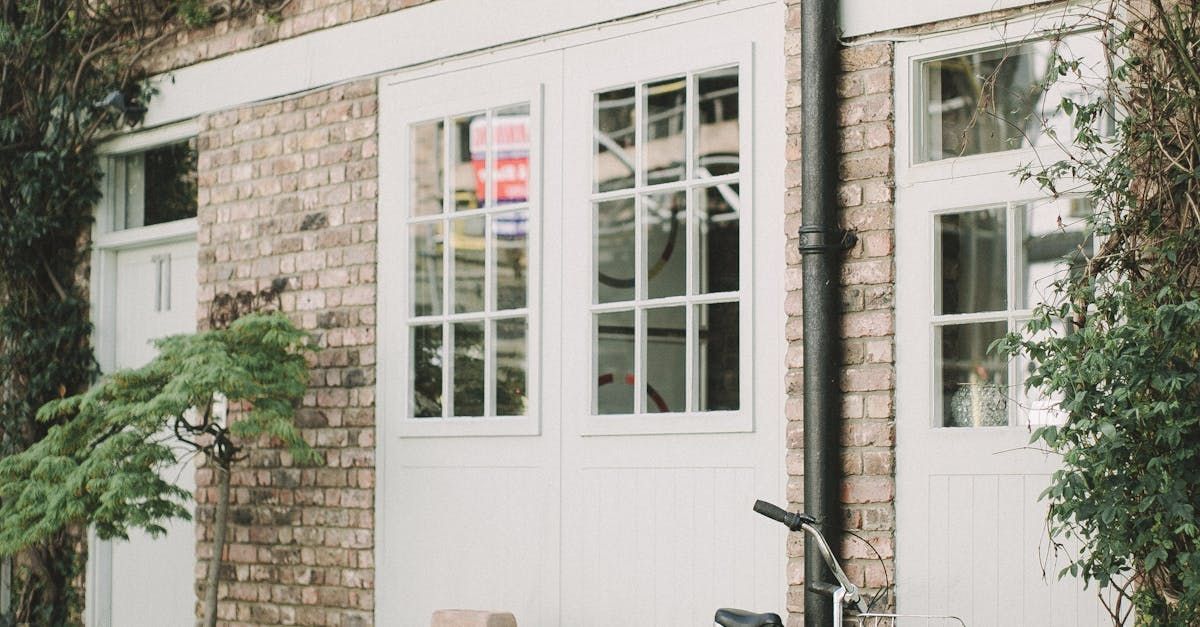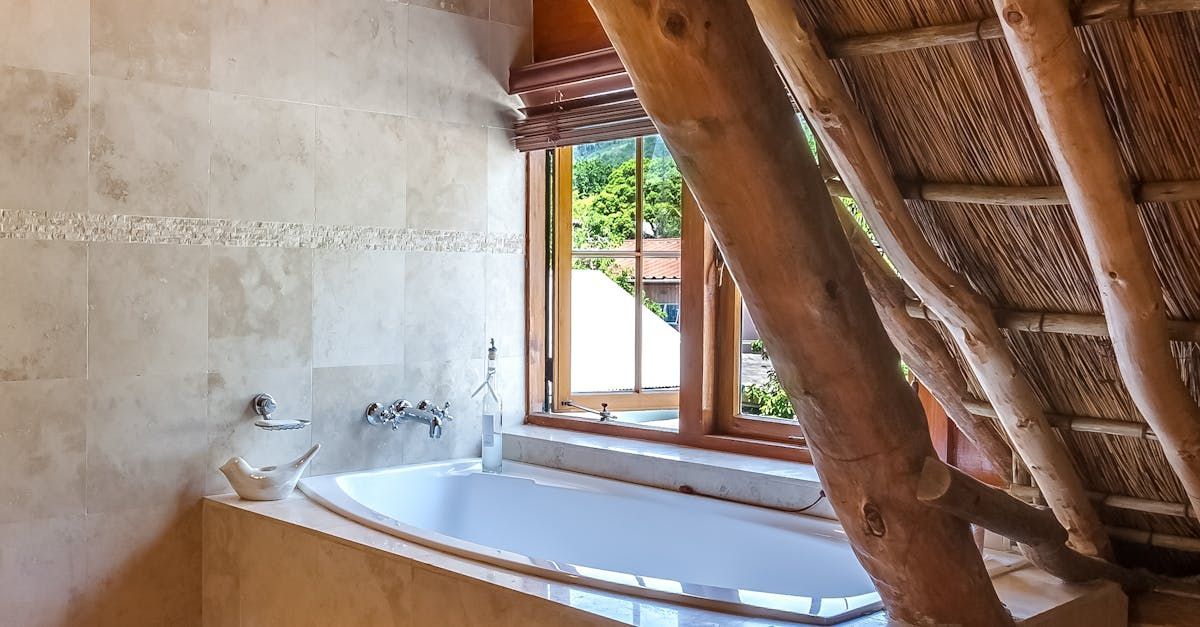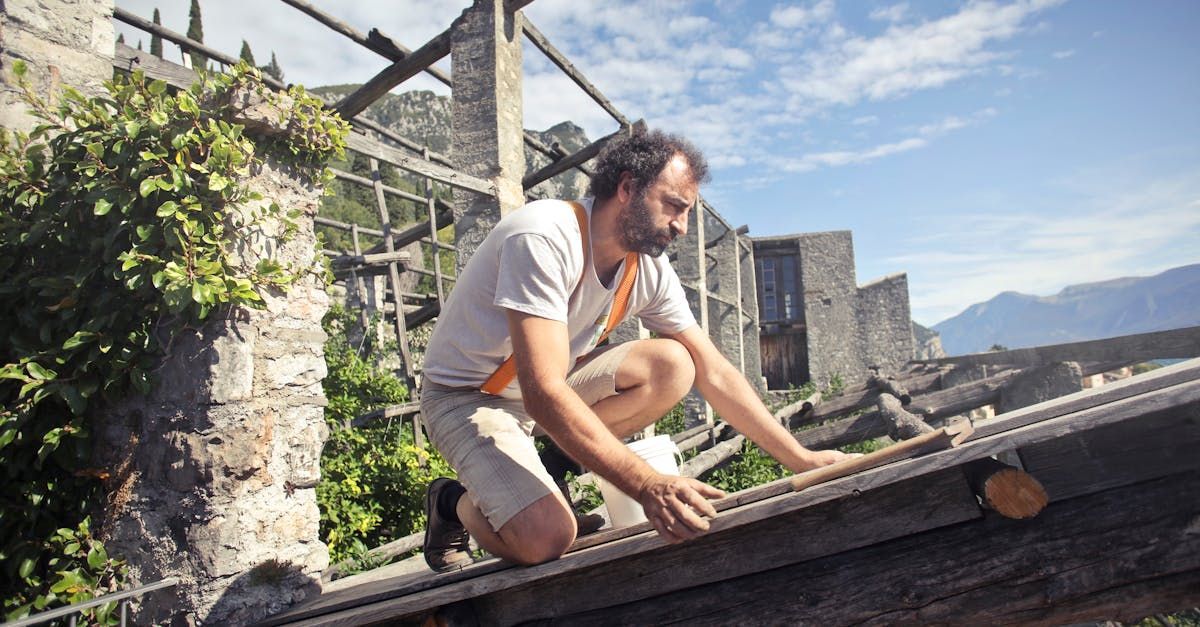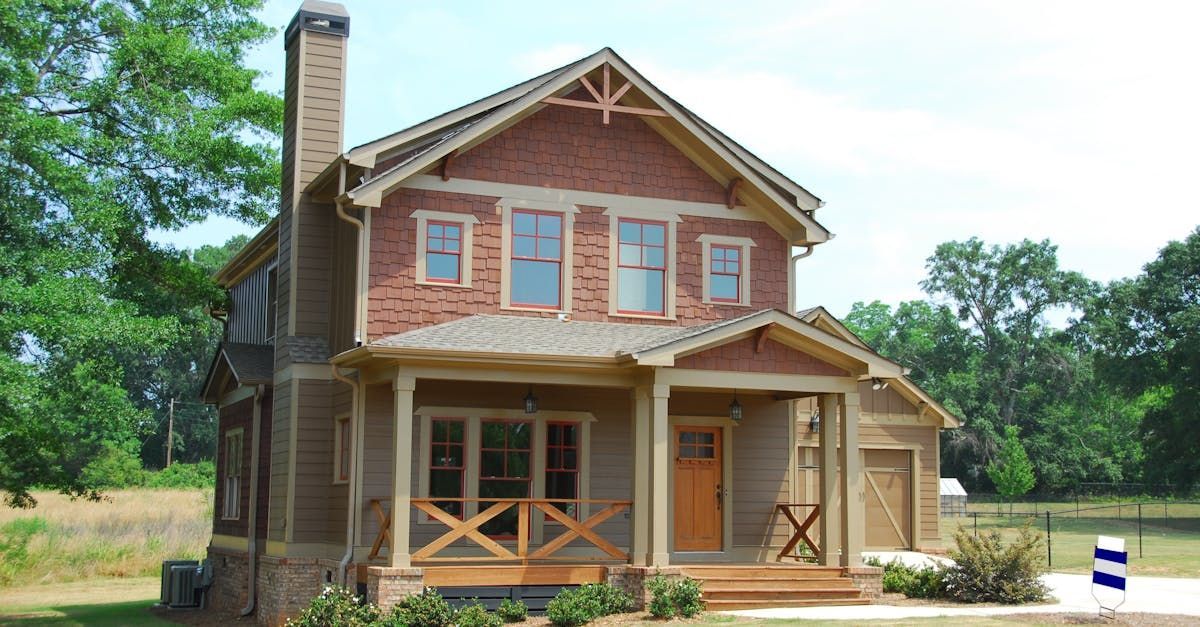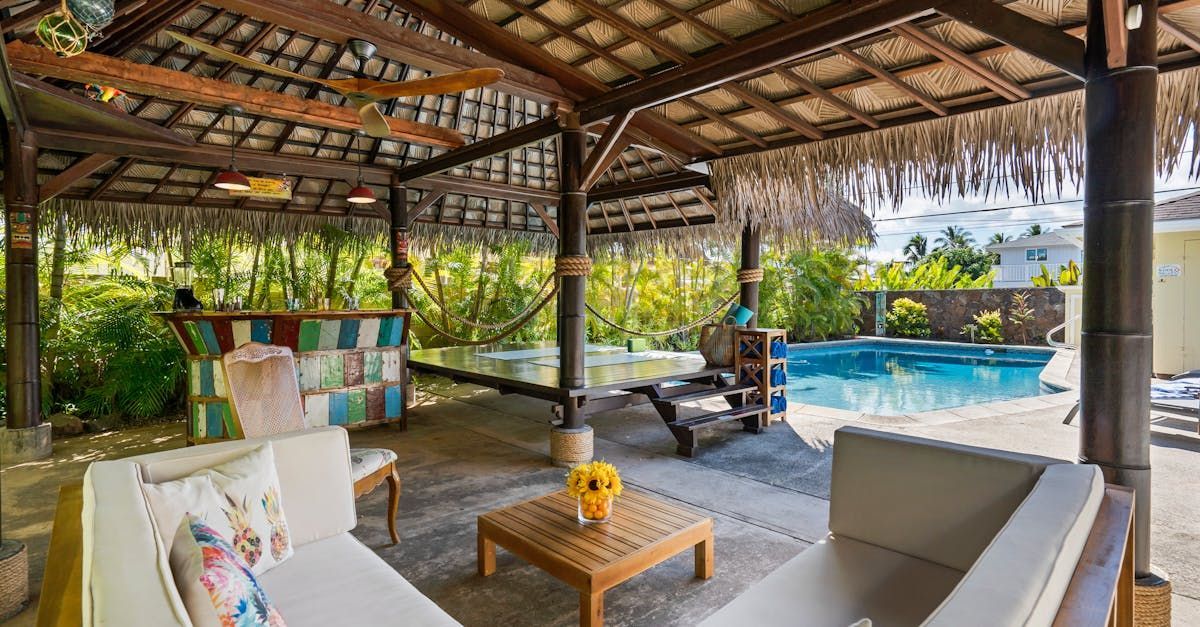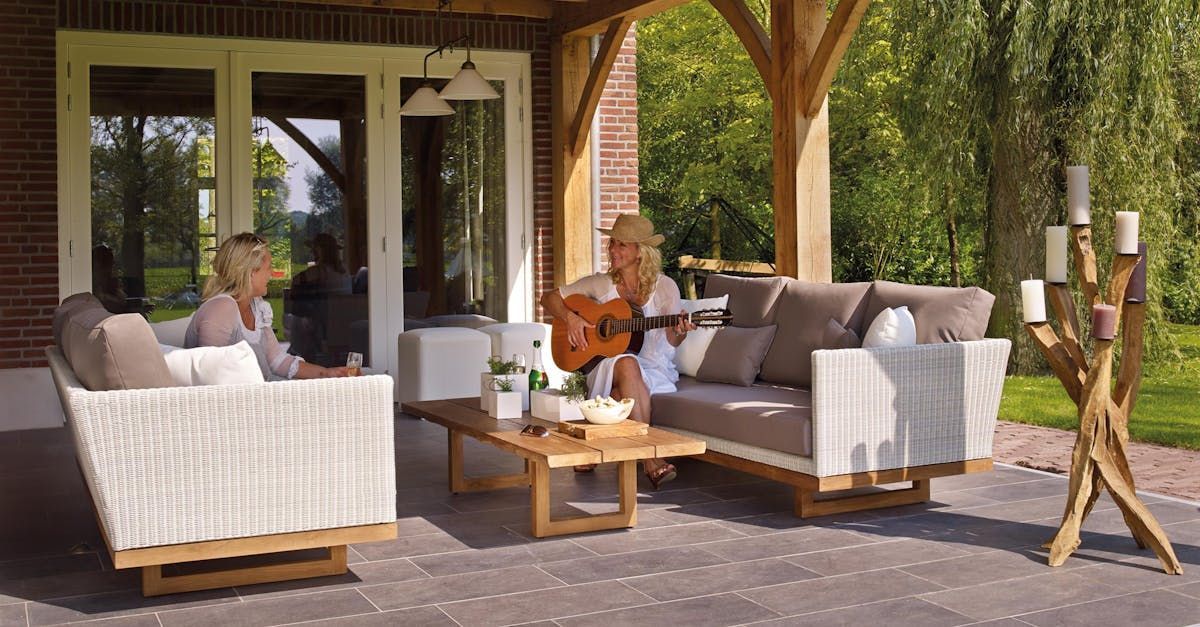Unlock Your Home's Potential: Second Story Additions

Expanding your home with a second story addition can significantly increase your living space and boost your property's value. This guide provides you with everything you need to know about adding a second story to your home, from the benefits and costs to practical considerations.
Key Takeaways
- Second story additions can add significant square footage.
- Costs can vary based on type, location, and materials.
- Hiring professionals ensures the project is completed safely and efficiently.
- Planning and permits are essential steps before construction begins.
Why Consider a Second Story Addition?
Adding a second story is an excellent way to maximize your home's space without extending your home's footprint. This is especially useful in urban areas where land availability is limited. By building up instead of out, you can preserve your yard space while gaining additional rooms.
Benefits of a Second Story Addition
- Increased living space: More bedrooms, bathrooms, or even an extra living area.
- Enhanced property value: An additional story can significantly boost your home's market value.
- No need to move: Stay in your beloved neighborhood while meeting your growing needs.
- Better views: Higher floors often offer better views and more natural light.
Cost Factors for a Second Story Addition
The cost of adding a second story can vary widely based on several factors. Here's what you need to consider:
Type of Addition
- Full addition: Extends the entire footprint of your house.
- Partial addition: Adds space to a portion of the house.
- Room addition: Specifically adds one or two rooms.
Location and Labor Costs
Labor costs vary by region. Urban areas with higher living costs typically have higher labor rates. It's essential to get multiple quotes to understand the going rate in your area.
Materials Used
The quality and type of materials used will significantly impact the overall cost. High-end finishes will drive the price up, while more budget-friendly materials can help keep costs in check.
Permits and Site Preparation
Permits are an essential part of the process and can add to the cost. Additionally, any necessary site preparation or demolition will affect the total price.
Hiring a Professional
While DIY projects can save money, adding a second story is a complex job that typically requires professional expertise. Professionals ensure the job meets building codes and is completed safely and efficiently.
Pros of Hiring Professionals
- Experience: Professionals bring years of expertise.
- Safety: Ensuring the structural integrity of your home.
- Efficiency: Projects are completed faster and often more efficiently.
- Permits and Inspections: Professionals handle the necessary paperwork.
Planning Your Second Story Addition
Before you start your project, thorough planning is crucial. Here are the steps to get you started:
Initial Consultation
Consult with a general contractor to discuss your needs and get an estimate. This step is vital for understanding the feasibility and cost of your project.
- Download Design and Blueprints in PDF format
- Learn about Building Information Modeling for Design and Blueprints
Work with an architect to create detailed blueprints. This will help visualize the final product and ensure it meets your requirements.
Obtaining Permits
Local building permits are essential for any construction project. Your contractor can help you navigate this process.
Timeline and Budget
Set a realistic timeline and budget for your project. Factor in possible delays and unexpected costs to avoid surprises.
Construction Process
Once planning is complete, the construction process can begin. Here are the typical stages:
Site Preparation
Prepare the existing structure for the addition. This may involve removing the roof and reinforcing the foundation.
Framing and Structure
Erect the framing for the new story. This includes walls, floors, and roof structure.
Utilities Installation
Install plumbing, electrical, and HVAC systems in the new addition.
Interior Finishing
Finish the interior with drywall, flooring, and paint. Add fixtures and final touches to complete the space.
Practical Considerations
Before committing to a second story addition, consider the following points to ensure a smooth project.
Structural Integrity
Your home's existing structure must be able to support the additional weight. A structural engineer can assess this and recommend any necessary reinforcements.
Temporary Housing
Consider where you will stay during construction. Living on-site can be challenging with the noise and disruption.
Budget Management
Keep a close eye on your budget throughout the project. Unexpected costs can arise, so having a contingency fund is wise.
Communication with Contractors
Maintain open communication with your contractor. Regular updates and site visits can help ensure the project is on track.
Enhancing Your Second Story Addition
Make the most of your second story addition by incorporating these design tips:
Open Floor Plan
An open floor plan can make the space feel larger and more inviting. Consider combining multiple rooms into one large living area.
Natural Light
Incorporate large windows and skylights to maximize natural light. This can make the new space feel bright and airy.
Outdoor Access
Consider adding a balcony or terrace to your second story. This provides additional outdoor space and enhances the overall appeal.
Energy Efficiency
Use energy-efficient materials and appliances to reduce utility costs and environmental impact.
Real-Life Experiences
Many homeowners have successfully added second stories to their homes. Here are some firsthand accounts:
John and Mary added a second story to their 1950s bungalow. They now have a master suite with a walk-in closet and a spacious bathroom. The project took three months, and they stayed with family during construction.
Mike and Sarah opted for a partial addition, adding two bedrooms and a bathroom. They stayed in their home during construction, which took six weeks. They appreciated the contractor's clear communication and regular updates.
The Smiths transformed their single-story ranch into a two-story colonial. The addition included a family room, home office, and extra storage. The project took four months, and they hired a professional moving company to handle their temporary relocation.
Unique Insights and Angles
When considering a second story addition, think beyond the obvious. Here are some unique angles to consider:
Multi-Generational Living
A second story addition can create a separate living space for aging parents or adult children. This provides privacy and independence while keeping family close.
Home Office Space
With more people working from home, a second story addition can provide a dedicated home office space away from the main living areas.
Rental Income
Consider designing the addition as a rental unit. This can provide a source of income and help offset the cost of the project.
Custom Features
Incorporate unique custom features like a home theater, gym, or library. Tailor the space to meet your specific needs and interests.
Eco-Friendly Upgrades
Use sustainable materials and energy-efficient systems. Solar panels, green roofing, and smart home technology can make your addition eco-friendly and cost-effective.
Conclusion
A second story addition is a significant investment that can greatly enhance your home's functionality, space, and value. Proper planning, budgeting, and hiring experienced professionals are crucial for a successful project. By considering unique angles and practical tips, you can create a second story that truly meets your needs and exceeds your expectations.
FAQs
- Is it cheaper to add a second story or build out?
- Building up is often more cost-effective, especially in areas with limited land.
- How long does it take to add a second story?
- The timeline can vary but typically ranges from six weeks to four months.
- Do I need to move out during construction?
- It depends on the project's scope. Temporary housing may be necessary.
- What permits are required for a second story addition?
- Building permits, zoning permits, and inspections are typically required. Check with your local authorities.
- Can I DIY a second story addition?
- Due to the complexity, it's advisable to hire professionals for this type of project.
By following these guidelines and considering all aspects, you can successfully add a second story to your home, creating the additional space and functionality your family needs.
Contact us today for a free evaluation and estimate on your project!
We are committed to delivering superior renovations that stand the test of time. We take immense pride in our craftsmanship and prioritize your satisfaction with the final outcome. You work hard to make your house feel like home, so when you want to make a change, choose a home remodeling contractor that puts careful thought into every detail. You can count on an experienced professional from our team to take care of all your projects in the Hilton Head Island, SC area, from minor kitchen remodeling services and bathroom remodeling services to major construction projects, like home additions.
